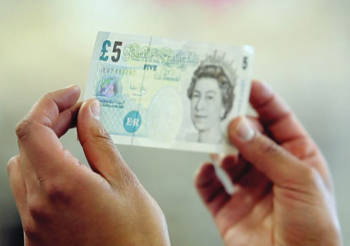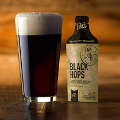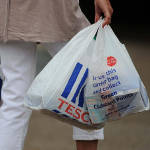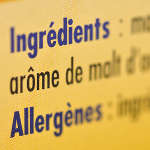
 There a many good things to consider about banknotes printed on polymer, a form of plastic. They are cleaner, more secure, more durable, hence cheaper than cotton paper banknotes. More than twenty countries already use them: New Zealand, Romania, Vietnam or Chile amongst others. In the UK (or close to), the first plastic banknote was issued by The Isle of Man, in 1983. But, due to ink problems, the £1 note was withdrawn five years later. Then, to celebrate the year 2000, the Northern Bank of Northern Ireland released a commemorative £5 note, in 1999, also printed on polymer. Survivor of the post-2004 robbery recall, this one is still in circulation.
There a many good things to consider about banknotes printed on polymer, a form of plastic. They are cleaner, more secure, more durable, hence cheaper than cotton paper banknotes. More than twenty countries already use them: New Zealand, Romania, Vietnam or Chile amongst others. In the UK (or close to), the first plastic banknote was issued by The Isle of Man, in 1983. But, due to ink problems, the £1 note was withdrawn five years later. Then, to celebrate the year 2000, the Northern Bank of Northern Ireland released a commemorative £5 note, in 1999, also printed on polymer. Survivor of the post-2004 robbery recall, this one is still in circulation.
Earlier this year, in March, the Clydesdale Bank put a limited edition of two million £5 plastic notes into circulation. A little bit smaller than the previous ones, it celebrates the Forth Bridge 125th anniversary and was issued a year before the Bank of England releases its own polymer banknotes. A new £5 note, featuring Sir Winston Churchill, will enter circulation in the second half of 2016, followed a year later by a new £10 note featuring Jane Austen. The £20 banknote will be released in 2020, but its main character has not been chosen yet: The Bank of England's Banknote Advisory Committee has to reduce a 29 700 candidates list to three to five finalists. Then Mark Carney, the Bank's governor, will have the last word. Ultimately, all four nations of the UK will feature on the banknotes.
*Photo: Bank of England
News in the same category
Transforming water into vodka or rum is not a miracle with the "Palcohol" powders from "Lipsmark" soon to be sold in the USA. Another company, Pat's Backcountry Beverages sells beer in sachets.
Starting today, shopping in England will eventually cost you an extra 5p for the plastic carrier bag, unless you bring your own shopping bag, or shop in smaller stores.
Amazon Pantry crossed the Atlantic Ocean and is now available in the U.K. too, making your grocery shopping even more easy and competitive.
Adopted in 2011, the INCO regulation on the labelling of foodstuffs enters into force tomorrow. Allergens and nanomaterials are amongst the information that becomes compulsory on products, even for restaurants and on internet.




